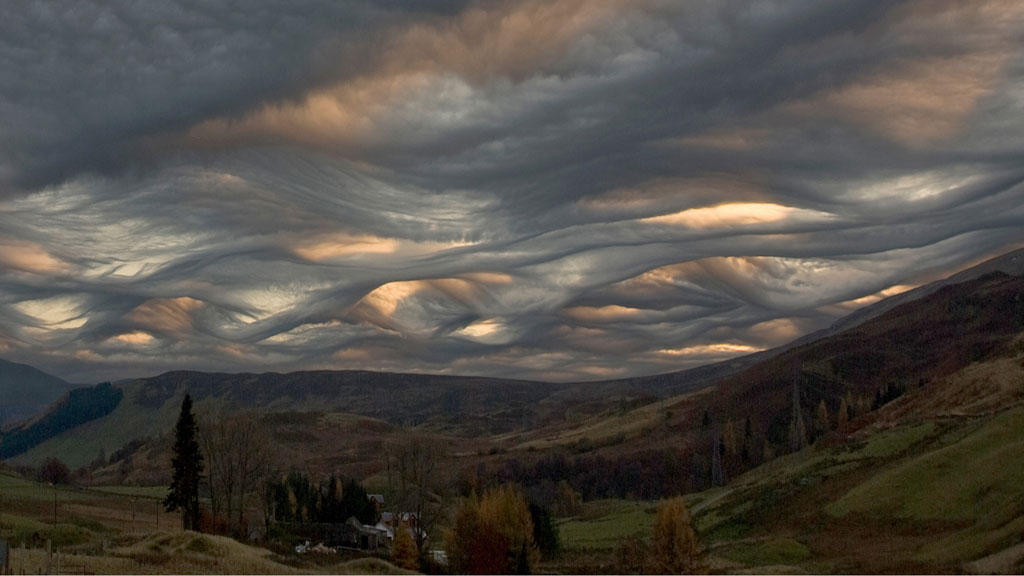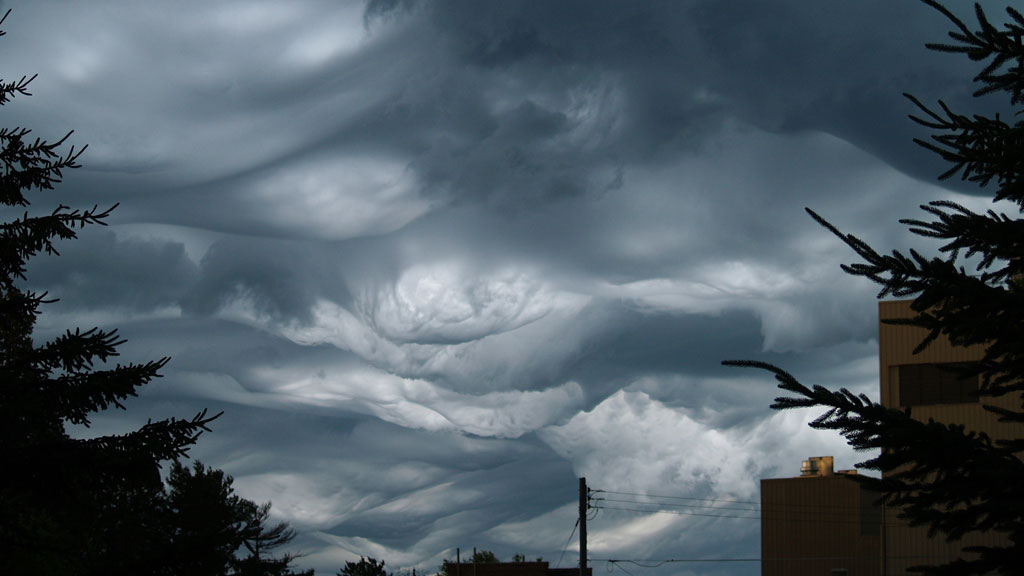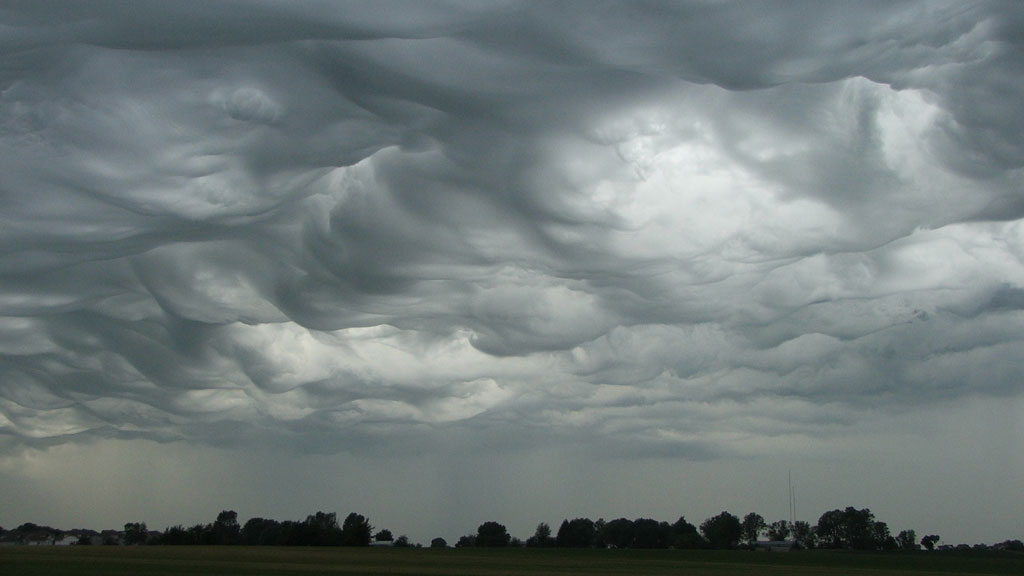Undulatus Asperatus – crowd sourcing a new type of cloud?
Have we discovered a new type of cloud? Sky watcher Gavin Pretor-Pinney, tells Channel 4 News that we have and it is all thanks to modern technology and the internet.

(Photo: Over Schiehallion, Perthshire, Scotland. By Ken Prior)
Gavin Pretor-Pinney is a man on a sky bound mission.
He is the founder of the Cloud Appreciation Society and is leading the campaign to officially document a new type of cloud, the Undulatus Asperatus.
The clouds appear in heavy skies with a rolling pattern that inspired his choice of name for them – it translates loosely as “roughened waves”.
In 2006, Jane Wiggins of Cedar Rapids, Iowa saw the striking cloud formation and took a photograph. Her photo went viral and since then, people around the world have been snapping pictures of the clouds whenever they saw it.
But Gavin is quick to point out this is not a new type of cloud, far from it.
“They’re not new clouds, the clouds could well have been around for a long time in ways that are not related to climate change.”
What has changed is that today more people are carrying cameras and are able to share them with each other on the internet.

(Photo: Over Des Moines, Iowa, US. By Danielle Maxwell)
Cloud classification is usually a slow sonorous affair, where experts at the United Nation’s World Meteorological Organisation (WMO) meet together and then decide when a new cloud formation was in existence.
Only when they update their reference book, the International Cloud Atlas, does a new cloud officially exist.
However, the last time the Atlas was updated was in 1975 and the last time a new classification was added to the system was 1951.
“If this does become recognised, then this has happened the other way around which is interesting,” says Gavin. Undulatus Asperatus would be the world’s first crowd sourced cloud formation.
The Cloud Appreciation Society’s website boasts over 30,000 members and is central to this attempt to recognise Undulatus Asperatus. Gavin set it up in 2004 and wrote the best seller, The Cloudspotter’s Guide.
People from around the world have shared their photos of clouds and sent it to him to publish online. It was then that Gavin began to notice similar patterns in some of the photos.

(Photo: Over Hiawatha, Iowa, US. By Christopher Singer)
By 2008 he had enough imagery that he felt confident to go to the Royal Meteorological Society and present his findings to them.
The Society was convinced and since 2009 has been investigating the possible causes behind the formations. Crucially the Society is also assisting Gavin with his case to the WMO.
The wheels behind the WMO are slow to turn and Gavin is not expecting to see a new edition of the Atlas published immediately- but he is hopeful that the new year will see some developments.
The new year will also see a new app released on the Cloud Appreciation Society’s website that will allow users to geo-tag their photos. Images of the clouds would be shared with Reading University who are doing studies into the clouds, and may help explain what causes them.
One theory is that the creation of the formations may be related to any fierce storms that are nearby.
So as we enter a decidedly wet looking British autumn, if you find yourself in the vicinity of a storm keep your eyes skyward and your camera handy.
Got a weather snap? Send it in and share it on our weather photo gallery
-
Latest news
-
New Co-op Live arena hit by more last-minute cancellations2m

-
Georgia cracks down on demonstrations over ‘foreign agents bill’3m

-
Calls for better monitoring of antipsychotic drug linked to hundreds of deaths6m

-
‘I’ll do everything I possibly can do to deliver Scottish independence’, says the SNP’s John Swinney5m

-
Swinney poised for coronation as SNP leader and Scotland’s new first minister8m

-




